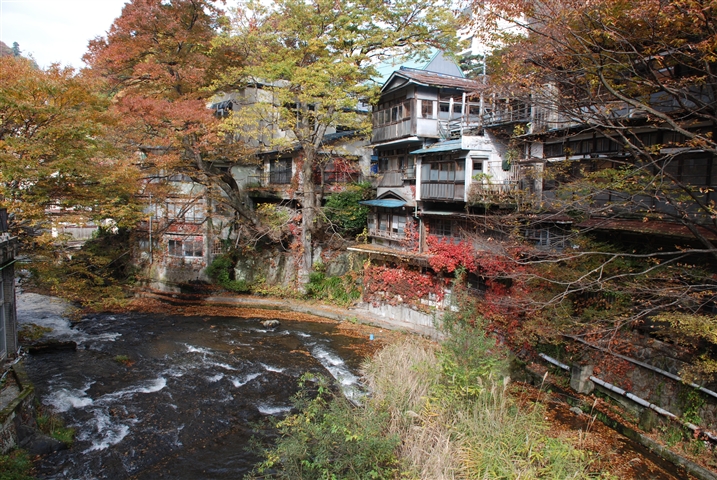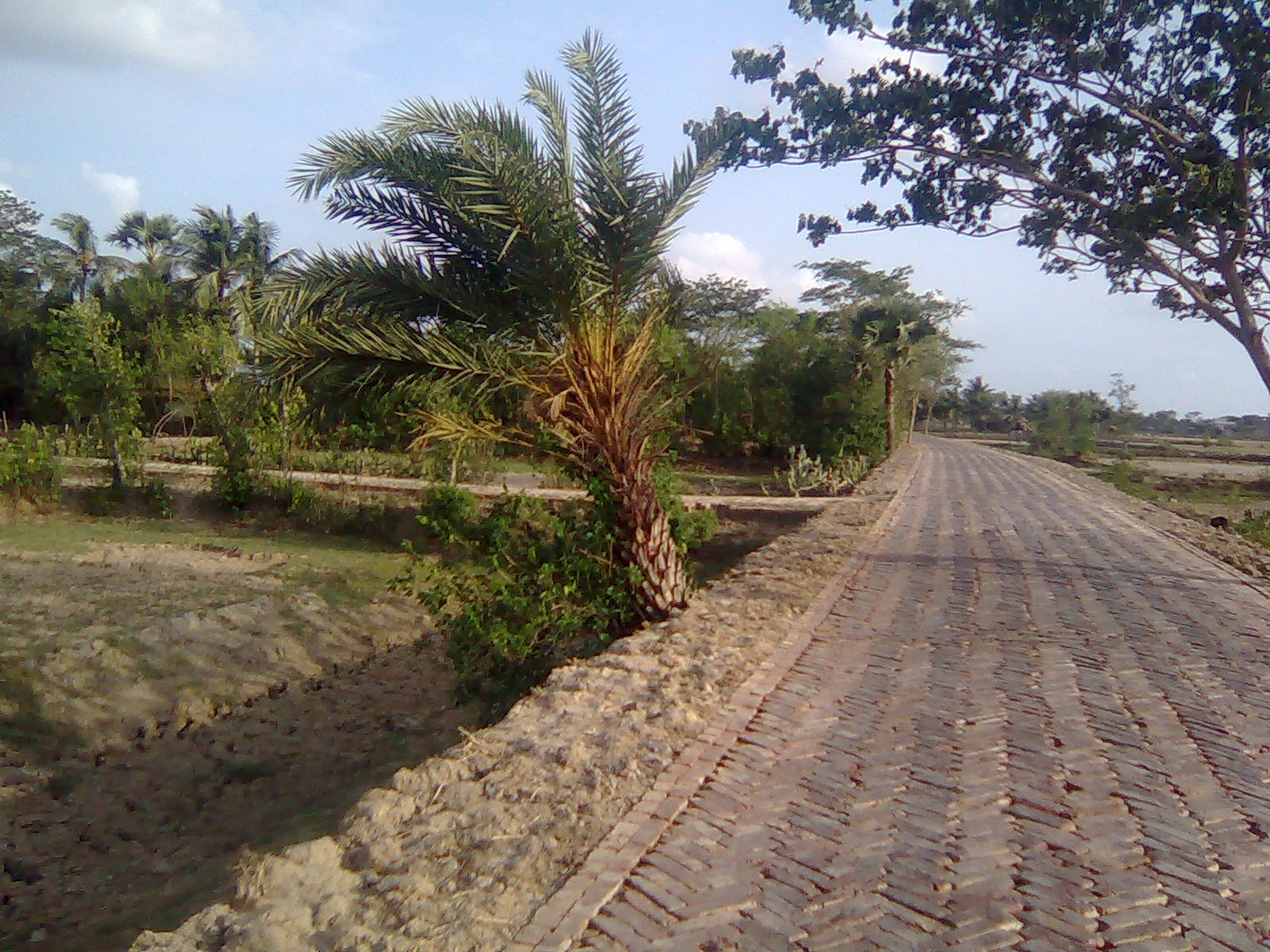|
Japan National Route 401
National Route 401 is a national highway of Japan Japan ( ja, 日本, or , and formally , ''Nihonkoku'') is an island country in East Asia. It is situated in the northwest Pacific Ocean, and is bordered on the west by the Sea of Japan, while extending from the Sea of Okhotsk in the north ... connecting Aizuwakamatsu, Fukushima and Numata, Gunma in Japan, with a total length of 171.1 km (106.32 mi). Route description A section of National Route 401 in the village of Katashina in Gunma Prefecture is a musical road. References National highways in Japan Roads in Fukushima Prefecture Roads in Gunma Prefecture Musical roads in Japan {{Japan-road-stub ... [...More Info...] [...Related Items...] OR: [Wikipedia] [Google] [Baidu] |
National Highways Of Japan
Japan has a nationwide system of distinct from the expressways. The Ministry of Land, Infrastructure, Transport and Tourism and other government agencies administer the national highways. Beginning in 1952, Japan classified these as Class 1 or Class 2. Class 1 highways had one- or two-digit numbers, while Class 2 highways had three-digit numbers. For example, routes 1 and 57 were Class 1 highways while 507 (the one with the highest number) was a Class 2 highway. A 1964 amendment to the governing law resulted in a unification of the classes, which took effect in April of the following year. Highways numbered since that time have had three-digit numbers, so the numbers 58–100, which had so far been unused, remained unused. However, when Okinawa Prefecture reverted to Japanese control in 1972, Route 58, with its southern endpoint in Okinawa's capital city of Naha, was established. The numbers from 59 to 100 remain unused. Some other numbers have been vacated by the joining or ... [...More Info...] [...Related Items...] OR: [Wikipedia] [Google] [Baidu] |
Japan
Japan ( ja, 日本, or , and formally , ''Nihonkoku'') is an island country in East Asia. It is situated in the northwest Pacific Ocean, and is bordered on the west by the Sea of Japan, while extending from the Sea of Okhotsk in the north toward the East China Sea, Philippine Sea, and Taiwan in the south. Japan is a part of the Ring of Fire, and spans Japanese archipelago, an archipelago of List of islands of Japan, 6852 islands covering ; the five main islands are Hokkaido, Honshu (the "mainland"), Shikoku, Kyushu, and Okinawa Island, Okinawa. Tokyo is the Capital of Japan, nation's capital and largest city, followed by Yokohama, Osaka, Nagoya, Sapporo, Fukuoka, Kobe, and Kyoto. Japan is the List of countries and dependencies by population, eleventh most populous country in the world, as well as one of the List of countries and dependencies by population density, most densely populated and Urbanization by country, urbanized. About three-fourths of Geography of Japan, the c ... [...More Info...] [...Related Items...] OR: [Wikipedia] [Google] [Baidu] |
Aizuwakamatsu, Fukushima
is a city in Fukushima Prefecture, Japan. , the city had an estimated population of 118,159 in 50,365 households, and a population density of 310 persons per km2. The total area of the city was . Geography Aizuwakamatsu is located in the western part of Fukushima Prefecture, in the southeast part of Aizu basin. Mountains * Mount Ōtodake (1416 m) * Mount Seaburi * Mount Oda * Mount Iimori Rivers * Aga River * Nippashi River * Yugawa River * Sesenagi River Lakes * Lake Inawashiro * Lake Wakasato * Lake Higashiyama * Lake Sohara Hot springs * Higashiyama Onsen * Ashinomaki Onsen Administrative divisions There are 11 administrative divisions (hamlets or ) in the city. * Wakamatsu * Machikita * Kouya * Kouzashi * Monden * Ikki * Higashiyama * Ōto * Minato * Kitaaizu * Kawahigashi Neighboring municipalities Fukushima Prefecture *North: Kitakata, Aizubange, Yugawa, Bandai *East: Koriyama, Inawashiro *West: Aizumisato *South: Shimogo, Tenei Climate Aizuwakamats ... [...More Info...] [...Related Items...] OR: [Wikipedia] [Google] [Baidu] |
Numata, Gunma
is a Cities of Japan, city located in Gunma Prefecture, Japan. , the city had an estimated population of 46,908 in 20,589 households, and a population density of 110 persons per km². The total area of the city is , making it the largest city in terms of area within Gunma Prefecture. (The neighboring town of Minakami, Gunma, Minakami is the largest municipality in terms of area within Gunma.) Geography Numata is located in northern Gunma Prefecture. The Tone River flows through the western part of the city and the tributary, the Katashina River, flows through the southern end, forming a large fluvial terrace, river terrace. The downtown area is located at the top of the terrace, along the Tone River. *Mountains: Kesamaruyama (1961m), Mount Akagi (1828m) *Rivers: Tone River, Katashina River Surrounding municipalities Gunma Prefecture * Kiryū, Gunma, Kiryū * Shibukawa, Gunma, Shibukawa * Maebashi, Gunma, Maebashi * Midori, Gunma, Midori * Minakami, Gunma, Minakami * Katashina ... [...More Info...] [...Related Items...] OR: [Wikipedia] [Google] [Baidu] |
Katashina, Gunma
250px, Katashina village office is a village located in Gunma Prefecture, Japan. , the village had an estimated population of 4,314 in 1694 households, and a population density of 11 persons per km². The total area of the village is . m². Much of the village is within the borders of Oze National Park. Geography Located in northern Gunma, Katashina is bordered by Tochigi Prefecture to the east and Fukushima Prefecture to the northeast. The village is very mountainous, with the highest elevation being 2578 m and the lowest 640 m. The temperature can reach up to 36 °C in the summer, but in the winter, it can drop to -18 °C. The average temperature is 11 °C, the yearly precipitation is 1042 mm, and amount of snowfall is 95 cm, with the snowy period lasting for 120 days. * Mountains: Mount Nikkō-Shirane (2578 m), Mount Shibutsu (2228 m), Mount Hotaka (2158m) * Rivers: Katashina River, Ōtaki River * Lakes: Marunuma (Maru Swamp), Suganuma Surrounding ... [...More Info...] [...Related Items...] OR: [Wikipedia] [Google] [Baidu] |
Gunma Prefecture
is a prefecture of Japan located in the Kantō region of Honshu. Gunma Prefecture has a population of 1,937,626 (1 October 2019) and has a geographic area of 6,362 km2 (2,456 sq mi). Gunma Prefecture borders Niigata Prefecture and Fukushima Prefecture to the north, Nagano Prefecture to the southwest, Saitama Prefecture to the south, and Tochigi Prefecture to the east. Maebashi is the capital and Takasaki is the largest city of Gunma Prefecture, with other major cities including Ōta, Isesaki, and Kiryū. Gunma Prefecture is one of only eight landlocked prefectures, located on the northwestern corner of the Kantō Plain with 14% of its total land being designated as natural parks. History The ancient province of Gunma was a center of horse breeding and trading activities for the newly immigrated continental peoples. The arrival of horses and the remains of horse tackle coincides with the arrival of a large migration from the mainland. From this point forward, the hor ... [...More Info...] [...Related Items...] OR: [Wikipedia] [Google] [Baidu] |
Musical Road
A musical road is a road, or section of a road, which when driven over causes a tactile vibration and audible rumbling that can be felt through the wheels and body of the vehicle. This rumbling is heard within the car as well as the surrounding area, in the form of a musical tune. Musical roads are known to currently exist in Denmark, Hungary, Japan, South Korea, the United States, China, Iran, Taiwan, and Indonesia. In the past, they could be found in France and the Netherlands as well. Each note is produced by varying the spacing of strips in, or on, the road. For example, an E note requires a frequency of around 330 vibrations a second. Therefore, strips apart will produce an E note in a vehicle travelling at . By country Denmark The first known musical road, the Asphaltophone, was created in October 1995 in Gylling, Denmark, by Steen Krarup Jensen and Jakob Freud-Magnus, two Danish artists.Thyrri, Irene (October 1995). , ''TV 2/Østjylland''. Accessed 20 October 2008. ... [...More Info...] [...Related Items...] OR: [Wikipedia] [Google] [Baidu] |
National Highways In Japan
Japan has a nationwide system of distinct from the expressways. The Ministry of Land, Infrastructure, Transport and Tourism and other government agencies administer the national highways. Beginning in 1952, Japan classified these as Class 1 or Class 2. Class 1 highways had one- or two-digit numbers, while Class 2 highways had three-digit numbers. For example, routes 1 and 57 were Class 1 highways while 507 (the one with the highest number) was a Class 2 highway. A 1964 amendment to the governing law resulted in a unification of the classes, which took effect in April of the following year. Highways numbered since that time have had three-digit numbers, so the numbers 58–100, which had so far been unused, remained unused. However, when Okinawa Prefecture reverted to Japanese control in 1972, Route 58, with its southern endpoint in Okinawa's capital city of Naha, was established. The numbers from 59 to 100 remain unused. Some other numbers have been vacated by the joining or ... [...More Info...] [...Related Items...] OR: [Wikipedia] [Google] [Baidu] |
Roads In Fukushima Prefecture
A road is a linear way for the conveyance of traffic that mostly has an improved surface for use by vehicles (motorized and non-motorized) and pedestrians. Unlike streets, the main function of roads is transportation. There are many types of roads, including parkways, avenues, controlled-access highways (freeways, motorways, and expressways), tollways, interstates, highways, thoroughfares, and local roads. The primary features of roads include lanes, sidewalks (pavement), roadways (carriageways), medians, shoulders, verges, bike paths (cycle paths), and shared-use paths. Definitions Historically many roads were simply recognizable routes without any formal construction or some maintenance. The Organization for Economic Co-operation and Development (OECD) defines a road as "a line of communication (travelled way) using a stabilized base other than rails or air strips open to public traffic, primarily for the use of road motor vehicles running on their own wheels", which i ... [...More Info...] [...Related Items...] OR: [Wikipedia] [Google] [Baidu] |
Roads In Gunma Prefecture
A road is a linear way for the conveyance of traffic that mostly has an road surface, improved surface for use by vehicles (motorized and non-motorized) and pedestrians. Unlike streets, the main function of roads is transportation. There are road hierarchy, many types of roads, including parkways, avenue (landscape), avenues, controlled-access highways (freeways, motorways, and expressways), tollways, interstates, highways, thoroughfares, and local roads. The primary features of roads include lanes, sidewalks (pavement), roadways (carriageways), median strip, medians, shoulder (road), shoulders, road verge, verges, bike paths (cycle paths), and shared-use paths. Definitions Historically many roads were simply recognizable routes without any formal construction or some maintenance. The Organisation for Economic Co-operation and Development, Organization for Economic Co-operation and Development (OECD) defines a road as "a line of communication (travelled way) using a stabiliz ... [...More Info...] [...Related Items...] OR: [Wikipedia] [Google] [Baidu] |




